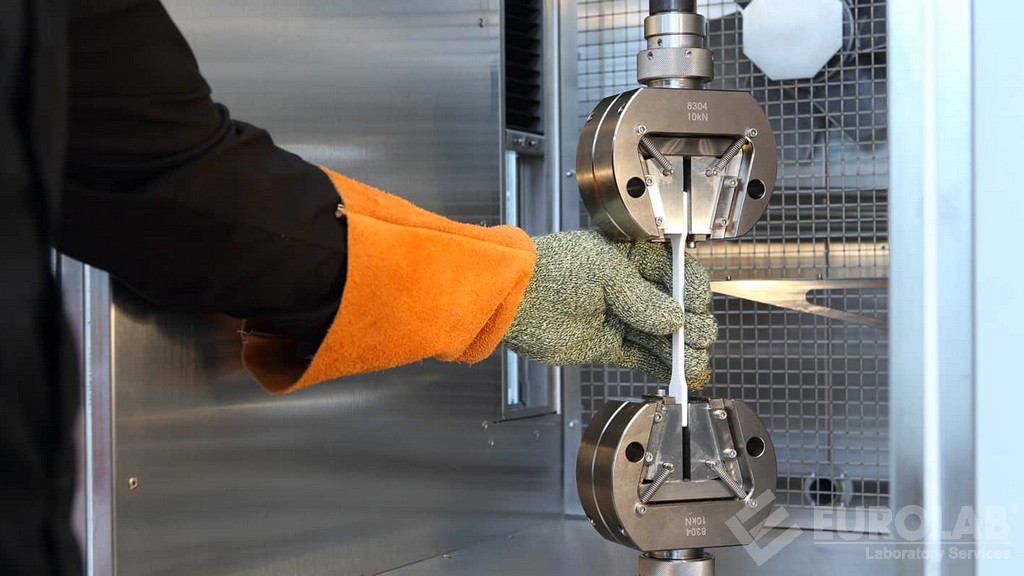DIN 51365 Acidity Determination in Chemical Additives Test
The DIN 51365 standard is a crucial method used to determine the acidity levels of chemical additives commonly utilized in oil and gas production processes. This test ensures that the quality of these additives meets stringent industry standards, thereby enhancing operational efficiency and product reliability.
Chemical additives play a pivotal role in various stages of oil and gas production, including drilling fluids, well servicing chemicals, and hydraulic fracturing fluids. The acidity level is one of the critical parameters that impact their performance in such environments. By accurately determining the acidity using DIN 51365, manufacturers can ensure that their products perform optimally under diverse conditions.
The test involves a precise procedure where a specified amount of the chemical additive is titrated with a standardized solution until neutralization occurs. The endpoint is typically indicated by a change in color or pH meter reading. This method provides a quantitative measure of the acidity, which can then be used to adjust production processes and ensure product consistency.
Understanding the importance of this test requires insight into the broader context of oil and gas operations. In drilling fluids, for instance, acidity helps control the viscosity and pH balance, affecting both the fluid's ability to flow through tight formations and its stability over time. For well servicing chemicals like surfactants or biocides, maintaining appropriate acidity is essential for ensuring effective cleaning and treatment of wells.
The DIN 51365 test supports compliance with international standards and regulatory requirements, which are increasingly stringent in the oil and gas sector to ensure safety and environmental responsibility. By adhering to this standard, producers can demonstrate their commitment to high-quality products that meet global expectations.
The procedure involves several steps:
- Sampling of the chemical additive
- Weighing a known quantity of the sample into a titration vessel
- Addition of a standardized base solution and gentle stirring while monitoring for endpoint changes
- Recording the volume of base used to reach neutralization
- Calculating the acidity based on standard formulas provided in DIN 51365
This rigorous testing ensures that chemical additives perform reliably under various conditions. For instance, in high-temperature and high-pressure environments typical of deepwater drilling or unconventional reservoirs, maintaining precise acidity levels can prevent degradation of the additive and ensure its effectiveness.
The DIN 51365 standard is widely recognized and accepted across the industry, ensuring that results are universally comparable. This recognition enhances trust among stakeholders and facilitates smoother international trade in chemical additives.
Applied Standards
| Standard | Description |
|---|---|
| DIN 51365 | Absolutely precise method for determining acidity in chemical additives used in oil and gas production. |
| ISO 846:1990 | Reference standard for titrimetric methods of analysis, which complements DIN 51365. |
Benefits
Ensures consistent product quality across batches and suppliers.
Facilitates compliance with international standards and regulatory requirements.
Promotes safer operations by ensuring that additives perform as expected in high-pressure environments.
Enhances environmental responsibility through precise control of chemical properties.
International Acceptance and Recognition
The DIN 51365 acidity determination test is highly regarded globally. Its consistent results and robust methodologies make it a preferred choice for quality assurance in the oil and gas sector. Many leading companies in this industry adopt this standard as part of their internal testing protocols to ensure that their chemical additives meet stringent performance criteria.
International organizations such as the International Organization for Standardization (ISO) also recognize DIN 51365, ensuring its compatibility with other global standards. This recognition adds another layer of reliability and confidence in the test results, making it a cornerstone of quality assurance programs worldwide.





